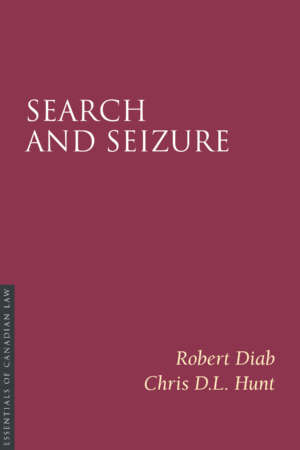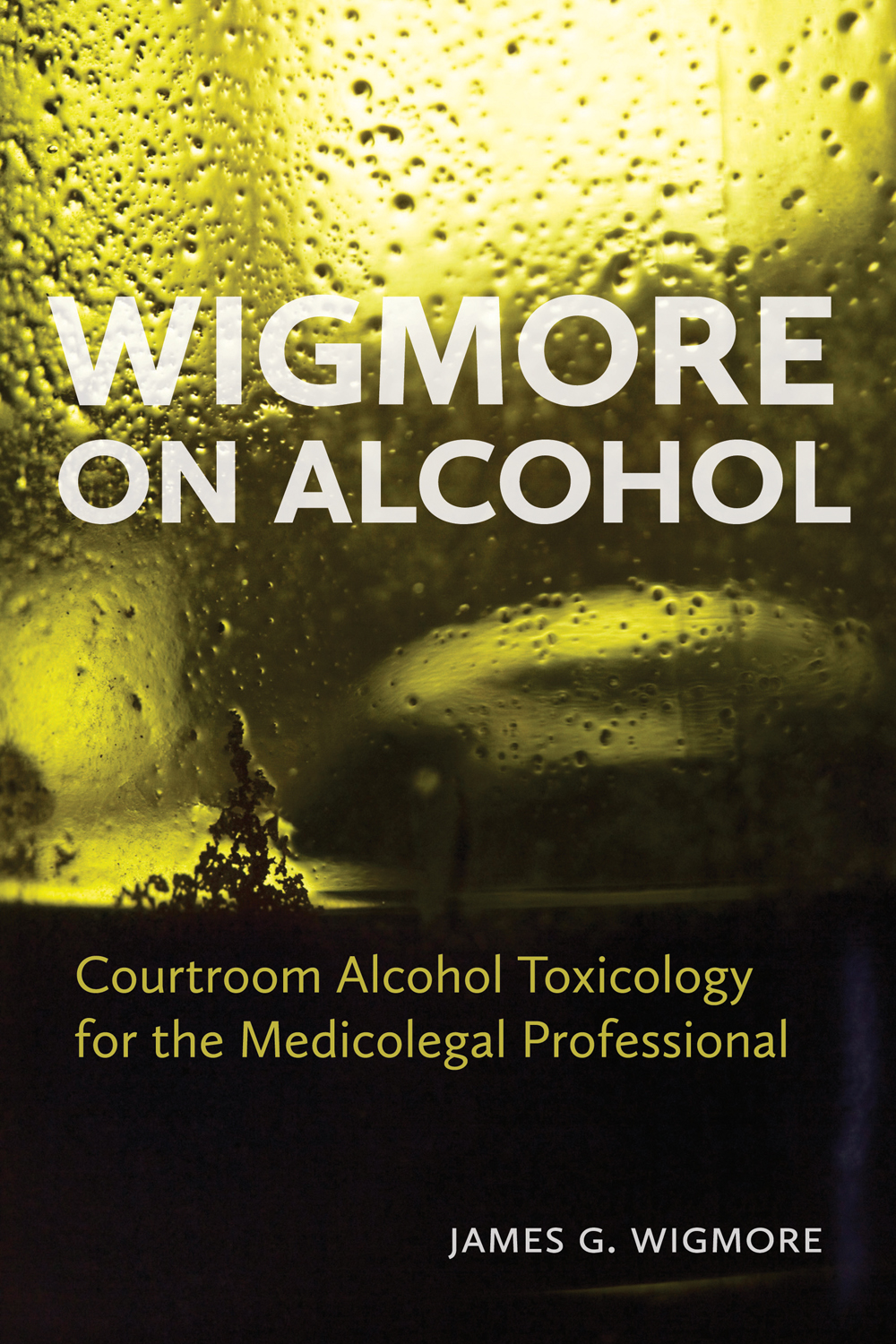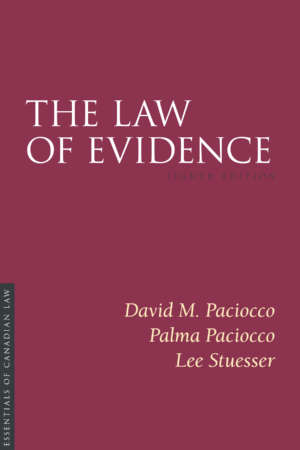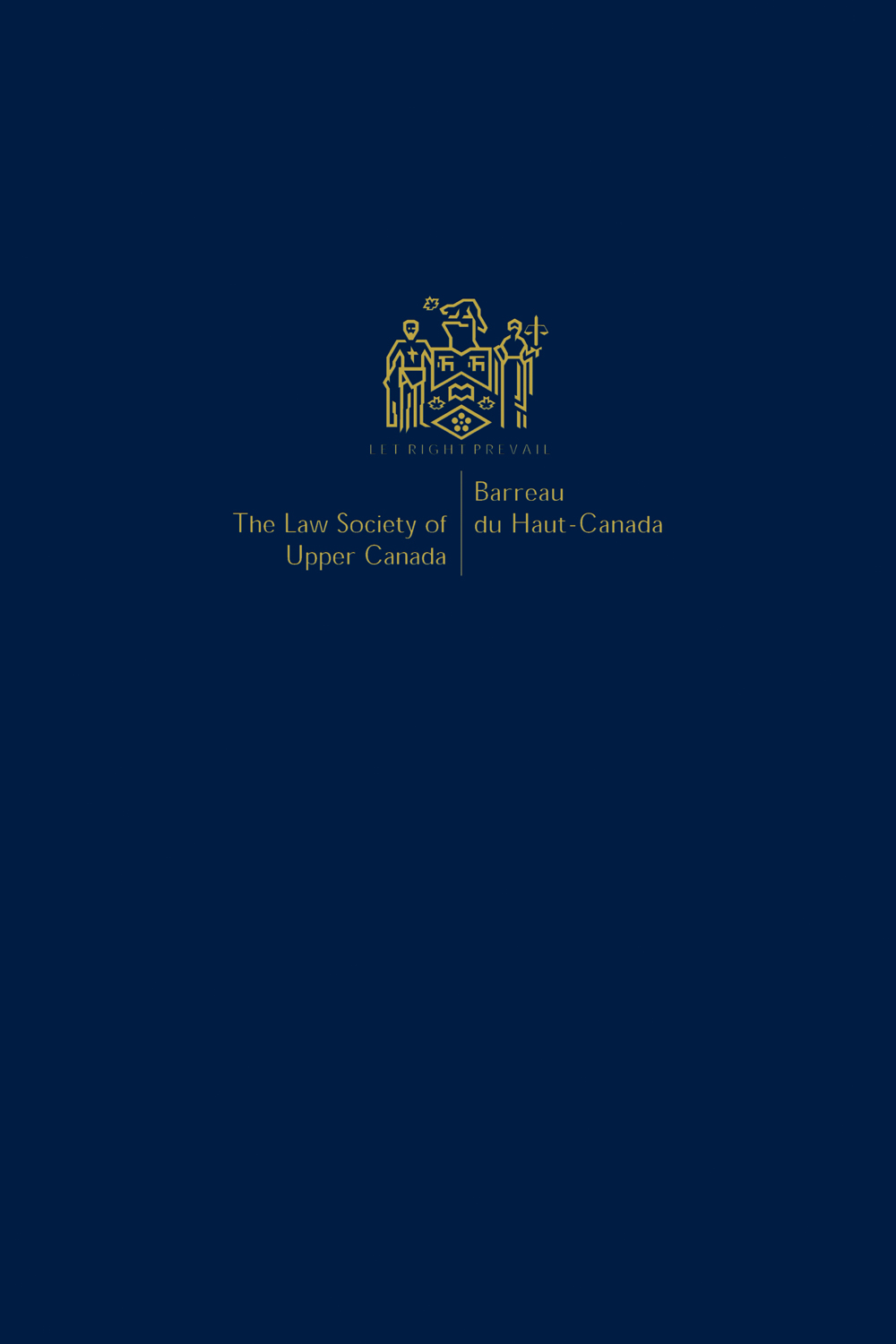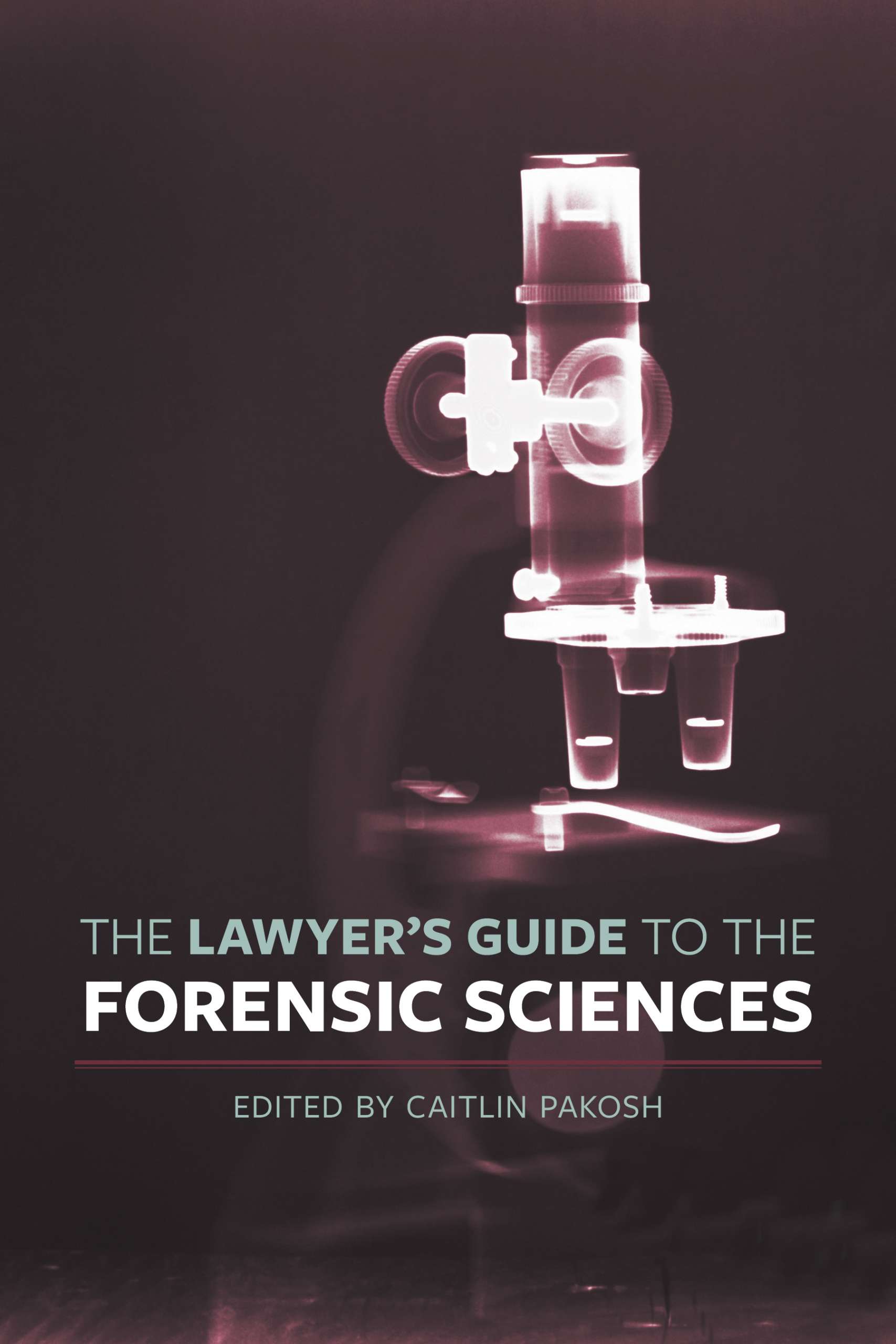Product Description
Cover artwork: Order In The Court Reproduced with permission of the artist © Anthony R Falbo www.falboart.com
The third edition of Uniform Evidence Law: Text and Essential Cases continues the style of integrated discussion of evidence law from the earlier editions of this work resulting in a seamless synthesis and analysis of this significant area of law and practice. A critical and comparative analysis of the provisions of the uniform Evidence Acts and relevant evidentiary principles is undertaken to provide the reader with important insights into the practical operation of the legislation and to consider the ongoing relevance of the common law and other sources of law in certain areas. Six of the Australian jurisdictions have now joined the uniform evidence legislative scheme and the most recent cases and legislative amendments have been incorporated to ensure the most up-to-date coverage of the law in all of the uniform Evidence Act jurisdictions. This includes some important divergences in interpretation of the ‘uniform’ legislation, particularly in NSW and Victoria in relation to the assessment of probative value for the purposes of ss 135 and 137.
The case extracts provide a useful mix of seminal and recent decisions to reflect the most current judicial interpretations of the uniform Evidence Acts and judicial statements of evidentiary principles. The chapter order from the second edition has been retained to closely reflect the structure of the uniform Evidence Acts and the incremental topic sequencing of most university undergraduate courses in evidence law.
Uniform Evidence Law is an essential tool and will enhance the understanding of the practical operation of evidence law in the various litigation contexts in which it arises.


